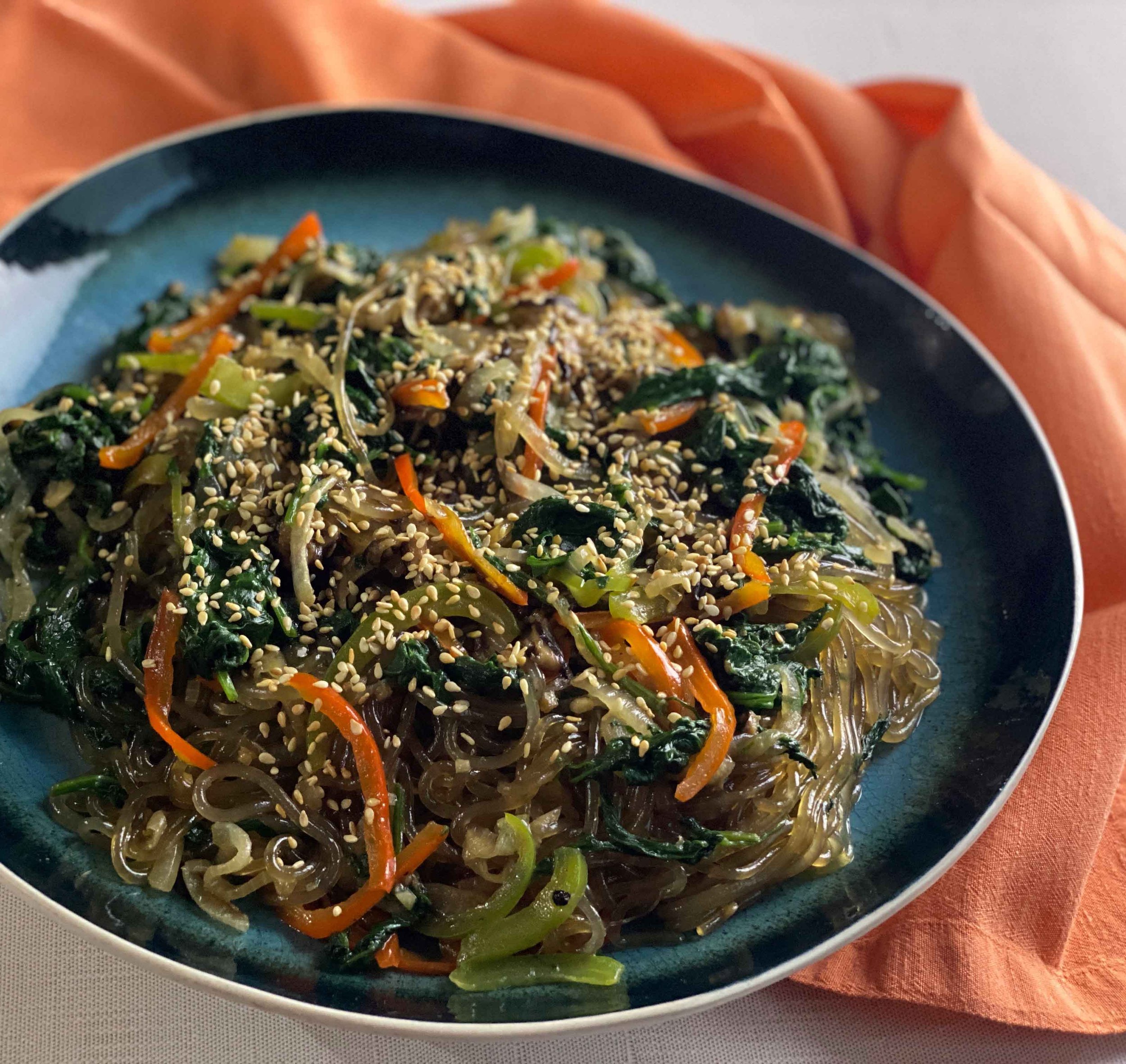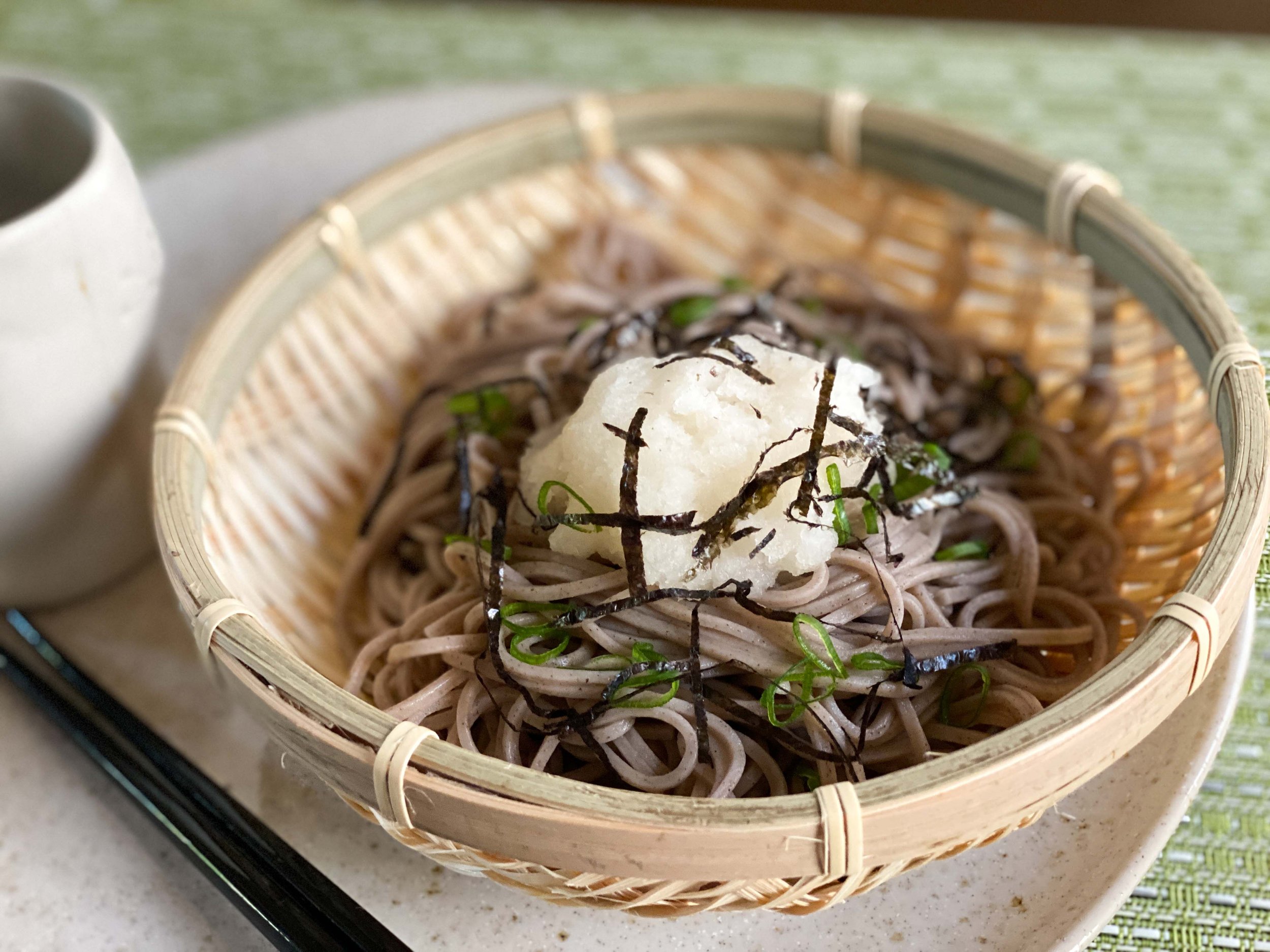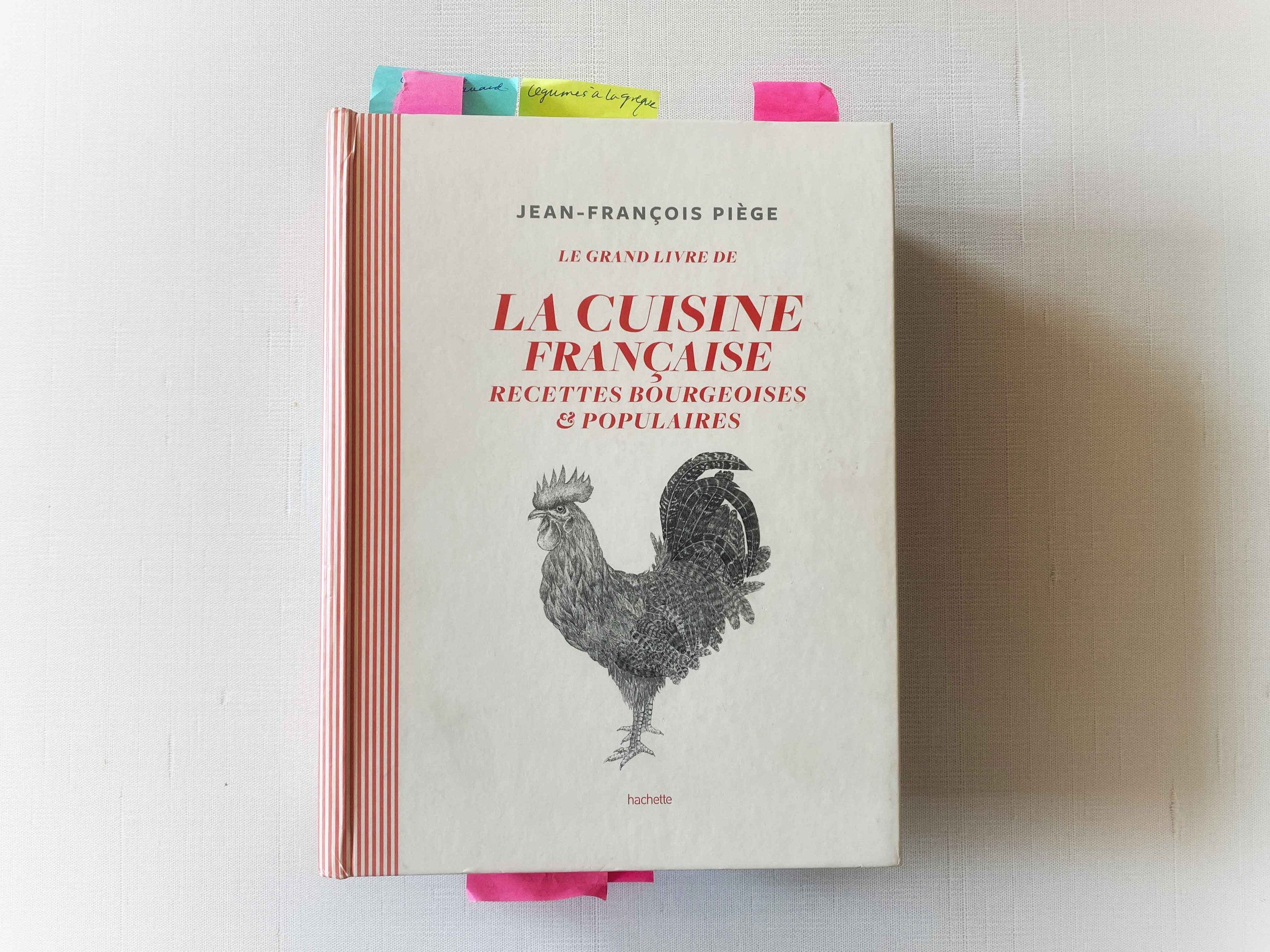One of the key issues with coq au vin is how to give the sauce enough body. Ideally, you’d use homemade chicken stock — that would have enough gelatin to give it a great texture. Most of us don’t have that lying around our freezer, though, so my recipe calls for store-bought chicken broth. Many recipes rely on whisking in beurre manié — softened butter mixed with flour — at the end. That works, but I don’t love its raw floury vibe; I’d rather leave the sauce a bit thinner and sop it up with lots of great crusty country sourdough. Recently, I came around to the idea of including a small amount of optional purchased veal demi-glace, which you can find in the freezer section of better supermarkets (or online at D’Artagnan). It’s expensive, but you can freeze and keep what you don’t use, and it does add silkiness and a bit more depth.
The wine question
I know what you’re wondering: What kind of wine should I use? First, don’t spend too much — pick up a bottle to cook with for $10 or less, if you can. Pinot noir, Beaujolais, Dolcetto d’Alba, Barbera, Sangiovese and Tempranillo are all good choices. Spend more, if you’re so inclined, on a great bottle to drink with it.
Besides the crusty bread, coq au vin is traditionally served with boiled potatoes tossed in butter and parsley, or maybe less frequently, pommes purées — mashed potatoes. I have also seen references to buttered noodles, which I have served chez nous. That raised an eyebrow on the face of the Frenchman to whom I am married, but all was forgiven once he dove into the saucy, fragrant, flavorful dish.
Don’t forget that you do need to start this dish the day before you want to serve it. The marinade needs to cool down completely before you add the chicken, so best to achieve that in the morning (it’s just 10 minutes or so of active time). Cool it down during the day, and plop in the chicken that evening. The next day, you’ll be ready to roll, whenever. Want to make the whole thing in advance? It’s even better, reheated, the next day.
I hope you enjoy this dish half as much as I do.
RECiPE: Coq au Vin










